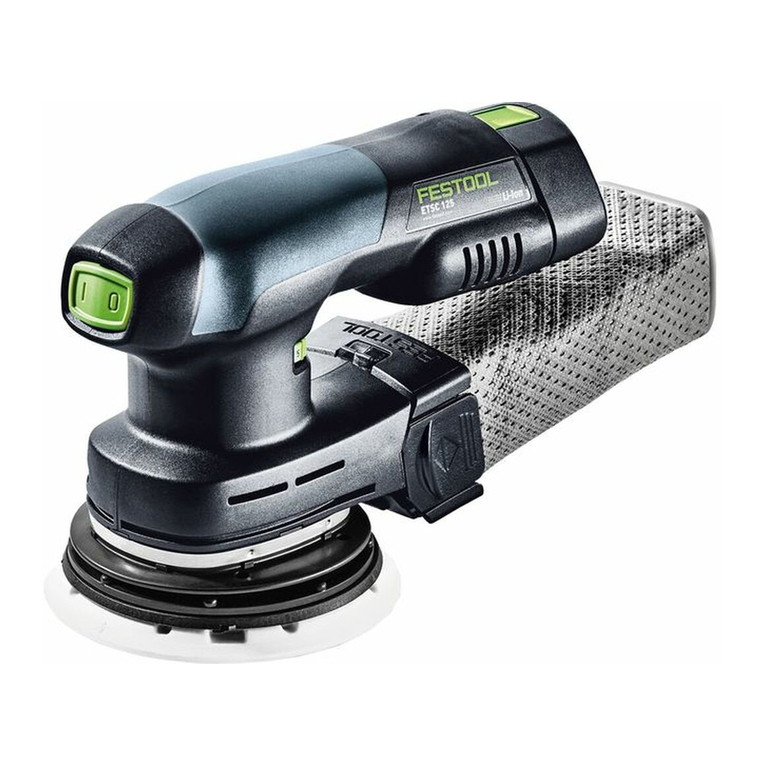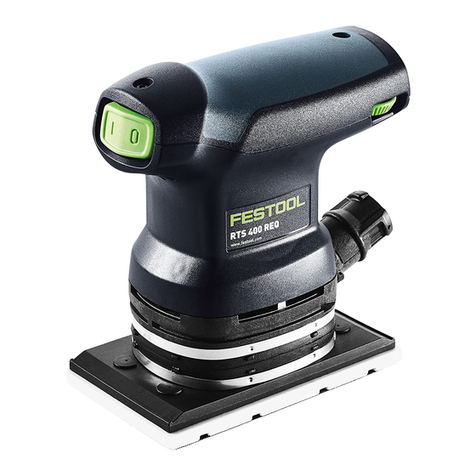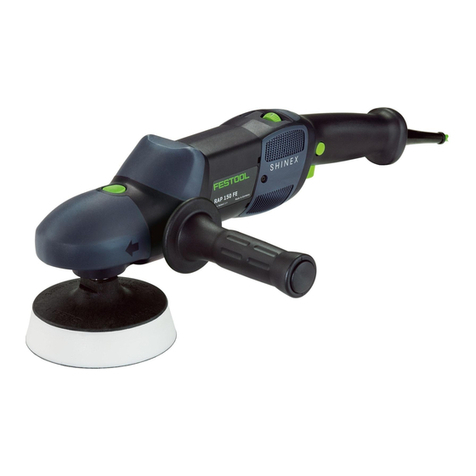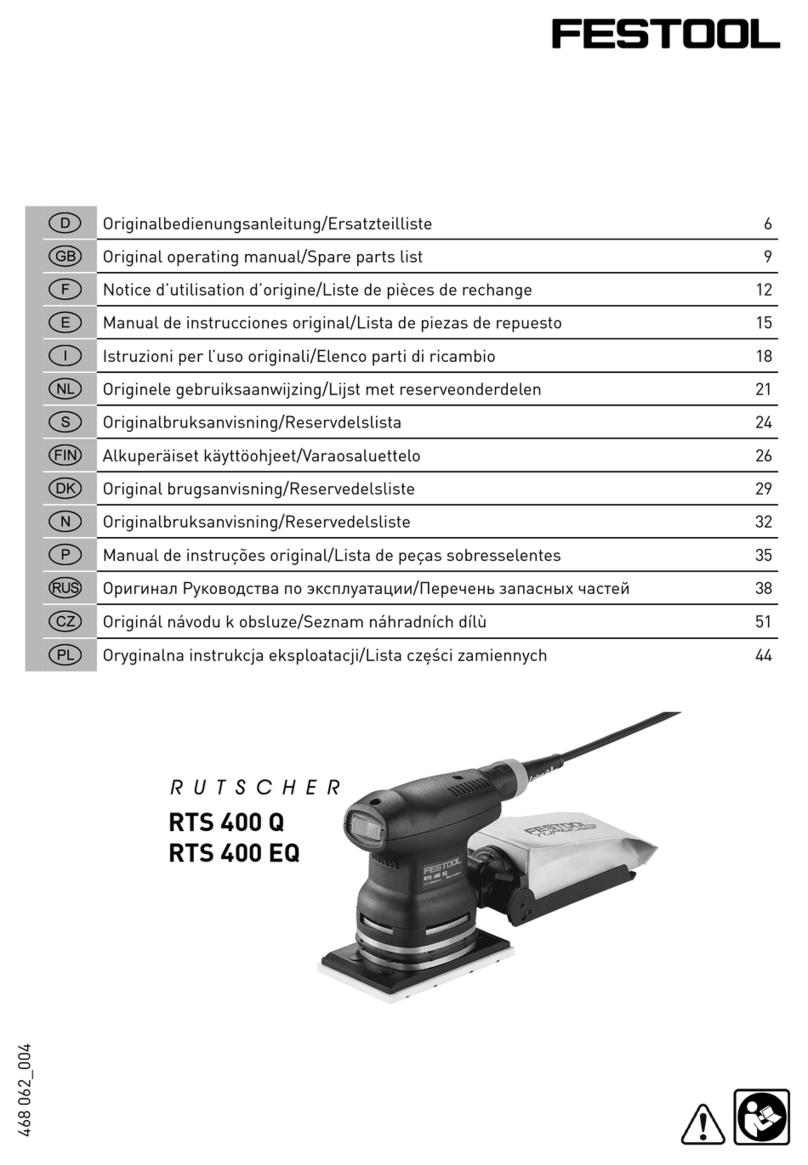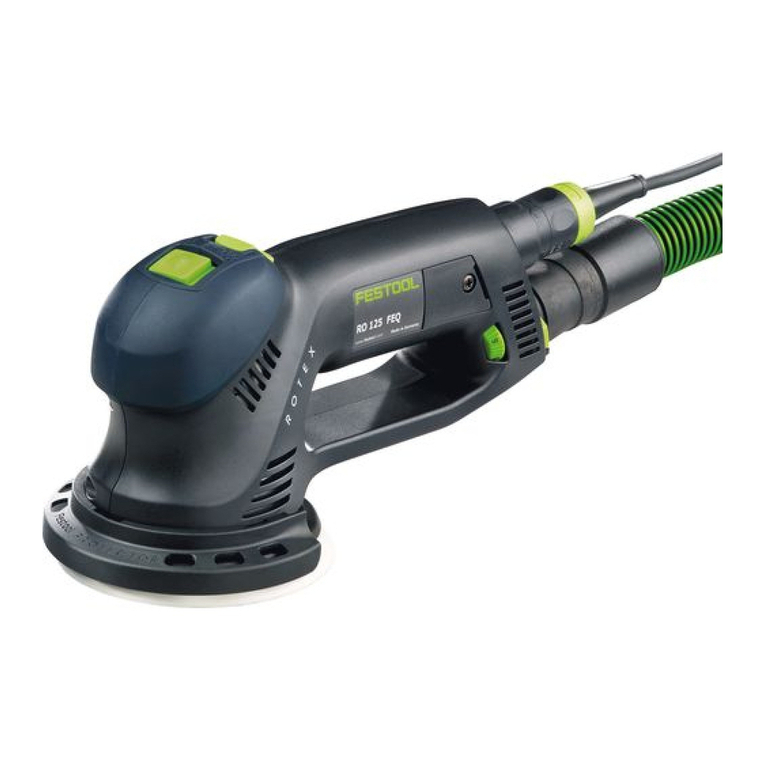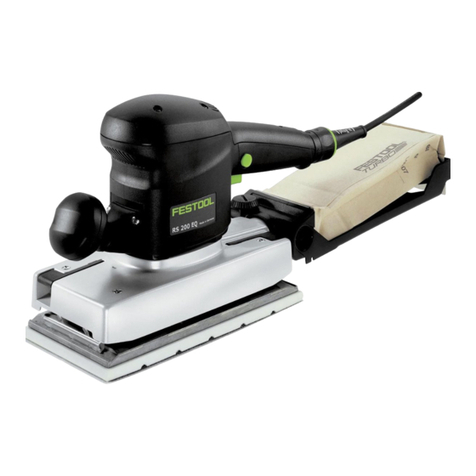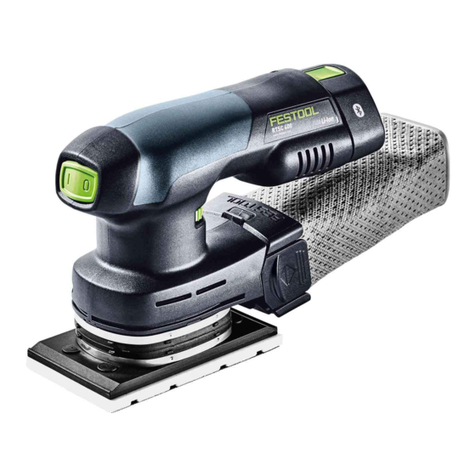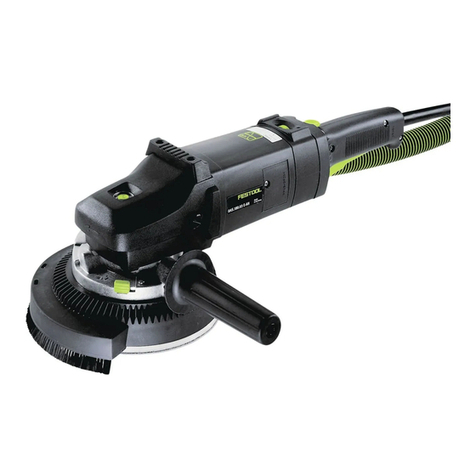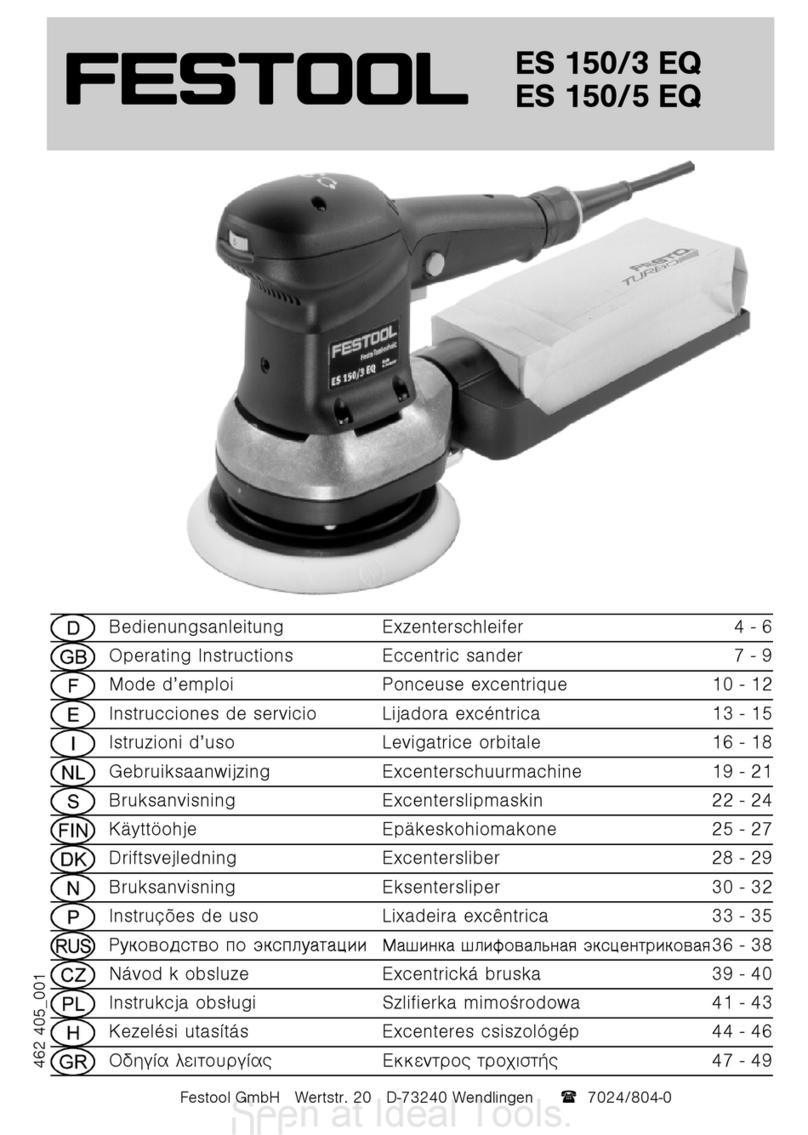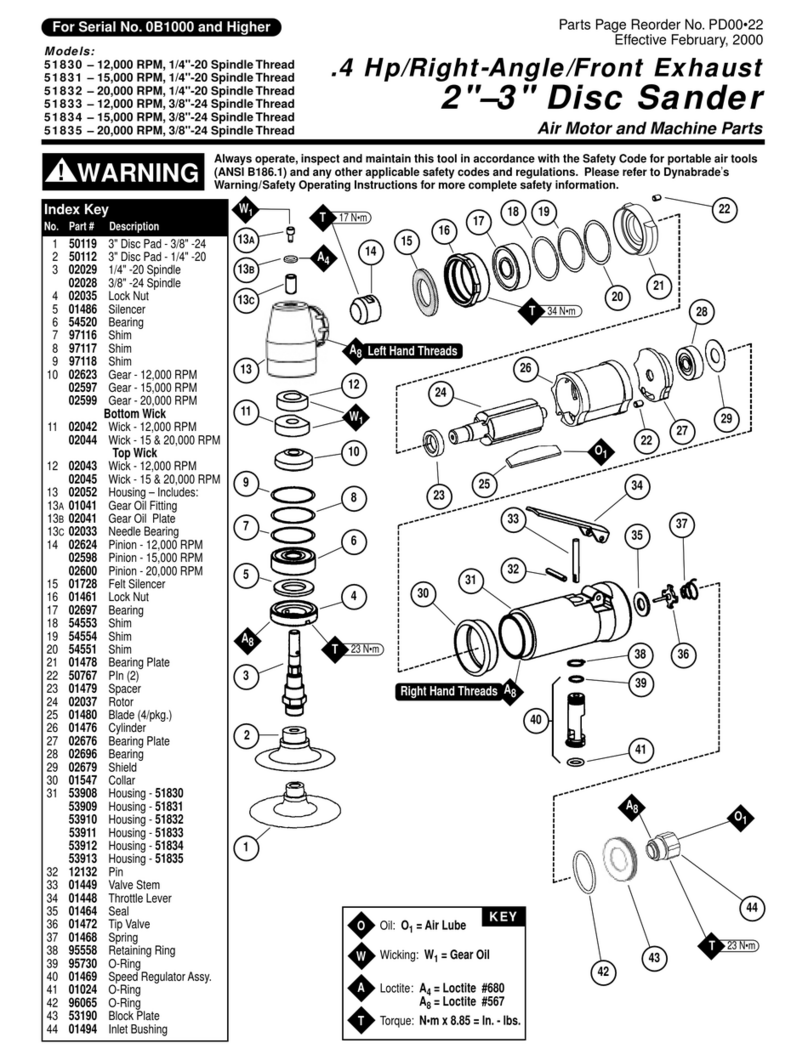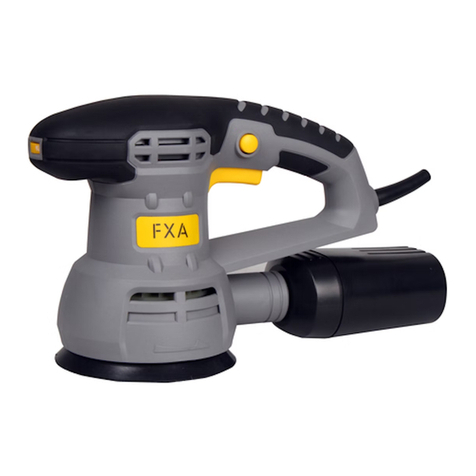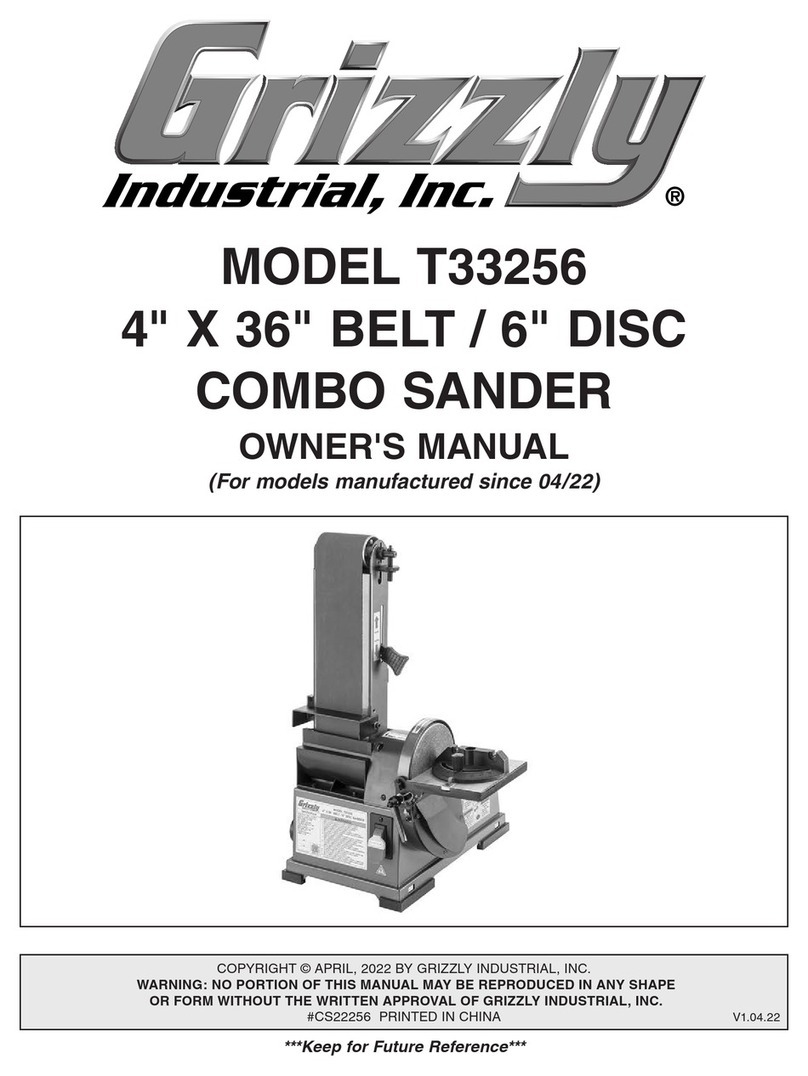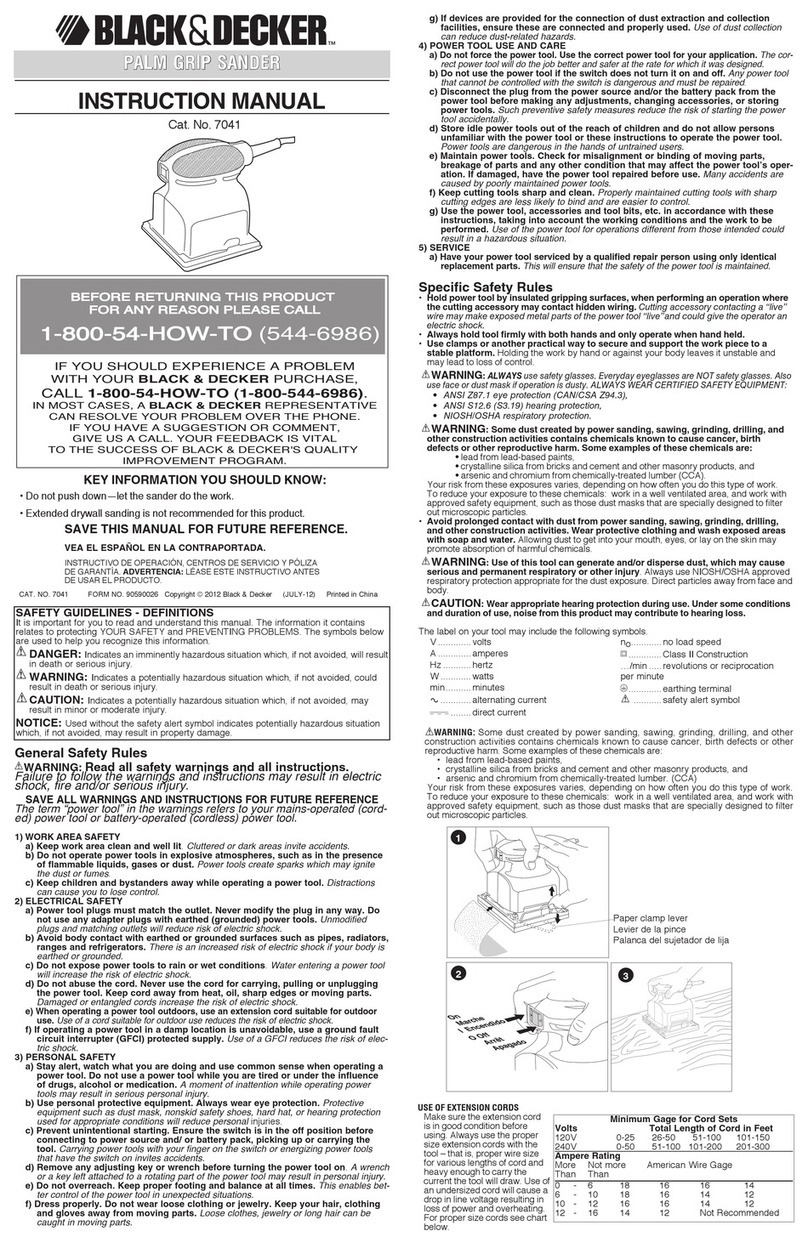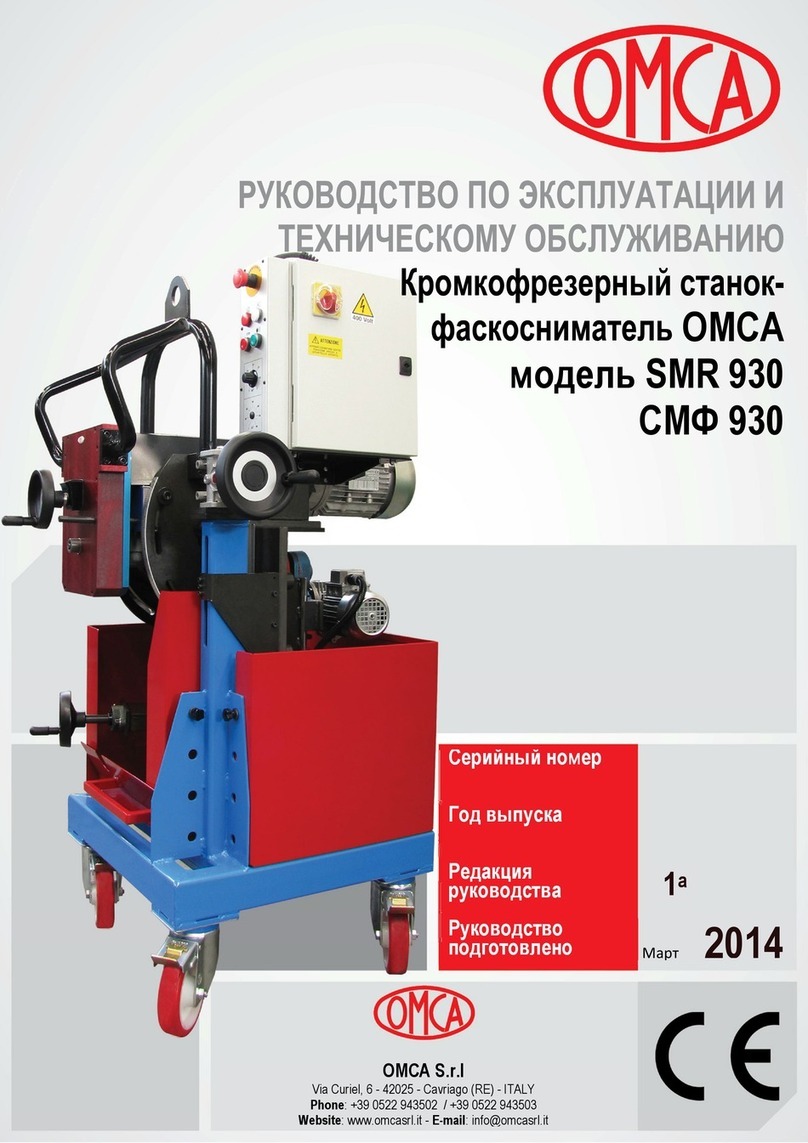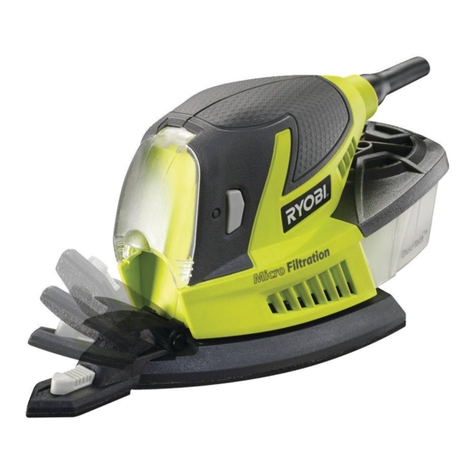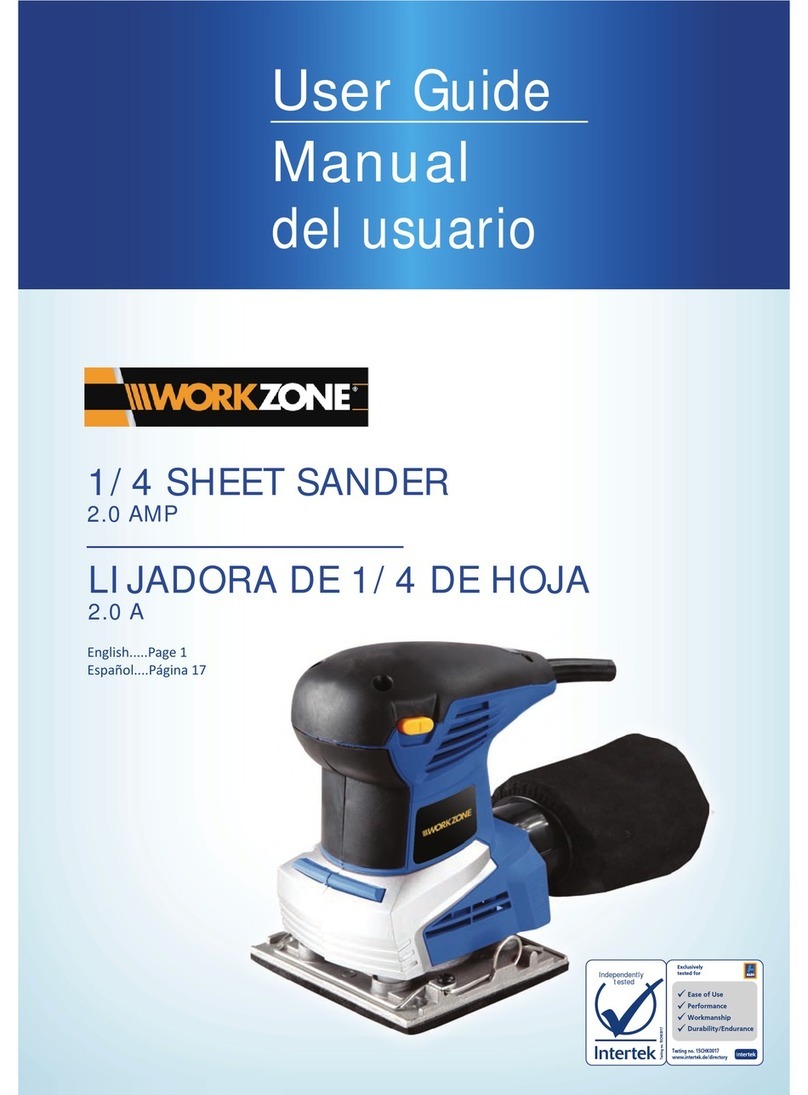
7
RO 90 DX FEQ
c. 전동 공구를 사용할 때는 주변에 다른 사람, 특히
어린이가 접근하지 못하도록 조치하십시오.
주위가 산만하면 전동 공구를 제대로 통제하지
못할 수 있습니다.
d. 작동 중인 전동 공구를 내려놓지 마십시오. 삽입
공구가 완전히 작동을 멈출 때까지는 절대로
손에서 내려놓지 마십시오.
2. 전기 안전
a. 전동 공구의 커넥터 플러그를 소켓에 올바르게
끼워야 합니다. 플러그를 어떤 식으로든 변형
해서는 안 됩니다. 접지된 전동 공구에서 어댑터
플러그를 사용해서는 안 됩니다. 변형되지 않은
플러그와 호환되는 소켓을 사용하면 감전 위험이
줄어듭니다.
b. 파이프, 히터, 조리기, 냉장고 등의 접지 표면과
직접 접촉하면 안 됩니다. 신체가 접지 상태이면
감전 위험이 커집니다.
c. 전동 공구를 비나 습기에 노출시키지 마십시오.
전동 공구에 물이 들어가면 감전 위험이 커집
니다.
d. 연결 케이블로 전동 공구를 운반하거나 매달
아서는 안 되며, 연결선을 당기면서 소켓에서
플러그를 빼면 안 됩니다. 연결 케이블이 고열
물체, 오일, 날카로운 물체, 공구의 작동부와 접촉
하지 않도록 주의하십시오. 케이블이 손상되거나
엉키면 감전 위험이 커집니다.
e. 실외에서 전동 공구를 사용하는 경우에는 실외용
연장 케이블을 사용하십시오. 실외용 연장
케이블을 사용하면 감전 위험이 줄어듭니다.
f. 습한 장소에서 전동 공구를 사용해야 하는 경우
에는 잔류 전류 회로 차단기를 사용하십시오.
잔류 전류 회로 차단기를 사용하면 감전 위험이
줄어듭니다.
3 개인 안전
a. 전동 공구를 사용할 때는 주의하면서 작업에 집중
하십시오. 피곤한 상태이거나 약물, 주류 또는
의약품을 복용한 상태에서는 전동 공구를 사용
하지 마십시오. 전동 공구를 사용할 때는 한순간의
부주의가 심각한 상해를 초래할 수 있습니다.
b. 개인보호구와 보안경을 항상 착용하십시오. 전동
공구의 유형과 작업 방식에 따라 부상 방지를
위해 방진 마스크, 미끄럼 방지 안전화, 안전모,
귀마개 등의 개인보호구를 착용해야 합니다.
c. 공구가 갑자기 작동하지 않도록 주의하십시오.
전동 공구를 전원 공급 장치 또는 배터리에 연결
하거나, 집어 들거나, 운반하려는 경우에는 먼저
공구의 전원을 끄십시오. 전동 공구를 운반할
때 손가락이 스위치에 닿아 있거나 전동 공구를
켜진 상태에서 전원 공급 장치에 연결하면 사고가
발생할 수 있습니다.
d. 전동 공구를 켜려면 먼저 조정 도구 또는 렌치를
분리하십시오. 전동 공구의 회전부에 다른 도구나
렌치가 있으면 부상이 발생할 수 있습니다.
e. 비정상적인 자세로 작업하지 않도록 주의하십
시오. 항상 안정적으로 선 자세에서 작업하십
시오. 자세가 안정적이면 예상치 못한 상황에도
전동 공구를 효과적으로 통제할 수 있습니다.
f. 작업에 적합한 보호복을 착용하십시오. 너무 헐
렁한 복장이나 장신구를 착용해서는 안 됩니다.
작동부에 머리카락 또는 옷이 닿지 않도록 주의
하십시오. 헐렁한 옷, 장신구 또는 긴 머리카락은
회전 부분에 말려 들어갈 수 있습니다.
g. 분진 제거 및 포집 장치를 설치하는 경우 올바
르게 연결한 후 사용해야 합니다. 분진 제거 장치를
이용하면 분진에 의한 사고 발생을 줄일 수 있습
니다.
h. 안전 수칙을 무시해서는 안 됩니다. 전동 공구를
여러 번 사용해서 잘 알고 있는 경우에도 안전
사용 규칙을 반드시 따르시기 바랍니다. 한순간의
부주의가 심각한 상해를 초래할 수 있습니다.
4 전동 공구 사용 및 작동
a. 전동 공구를 과부하 상태로 사용하지 마십시오.
원래의 작업 용도로만 전동 공구를 사용하십
시오. 호환이 가능한 전동 공구를 사용하면 작업
효율이 향상되며 지정된 전원 범위에서 더욱
안전하게 작업할 수 있습니다.
b. 스위치가 제대로 작동하지 않는 전동 공구는 사용
하지 마십시오. 정상적으로 켜거나 끌 수 없는
전동 공구는 위험하므로 수리해야 합니다.
c. 전동 공구의 설정을 변경하거나, 액세서리를
교체하거나, 공구를 사용하지 않고 옆에 내려
놓으려면 먼저 소켓에서 플러그를 뽑으십시오.
배터리가 탈착식이면 배터리를 분리하십시오.
이와 같이 조치하면 전동 공구가 갑자기 작동하는
사고를 예방할 수 있습니다.
d. 사용하지 않는 전동 공구는 어린이의 손이 닿지
않는 곳에 보관하십시오. 전동 공구가 익숙하지
않거나 본 수칙을 읽지 않은 작업자는 전동 공구를
사용하면 안 됩니다. 사용 경험이 없는 작업자가
전동 공구를 사용하면 사고가 발생할 수 있습
니다.
e. 전동 공구와 액세서리를 주의해서 관리하십
시오. 작동부가 제대로 작동하고 끼임 현상이
발생하지 않는지 확인하십시오. 손상되거나
심하게 파손된 부분이 전동 공구의 작동을 방해
하고 있지 않은지도 확인해야 합니다. 파손된
부분이 있으면 전동 공구를 사용하기 전에 수리
하십시오. 관리가 미흡한 전동 공구에서 많은
사고가 발생하고 있습니다.
f. 커팅 공구의 날은 날카롭고 청결한 상태로 유지
하십시오. 커팅날을 날카롭게 유지하면 끼임
